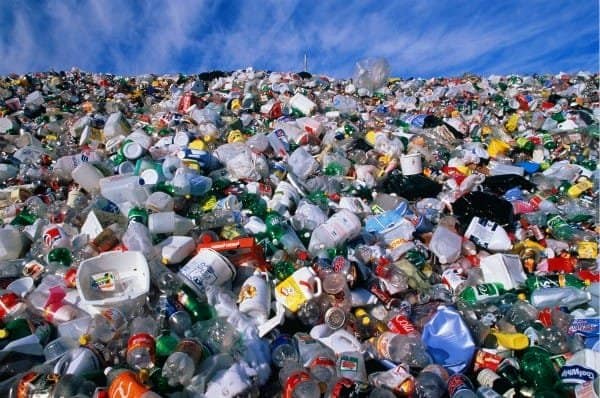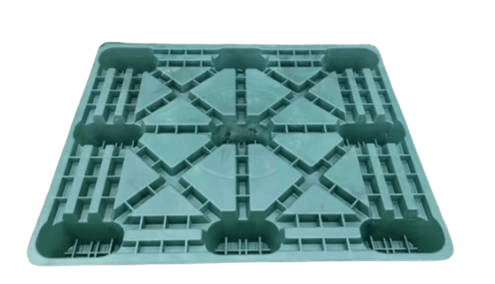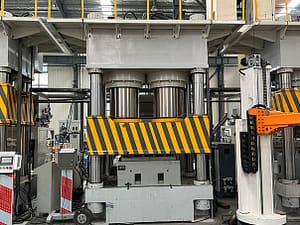The push for greater sustainability has brought the recyclability of materials into sharp focus. When considering plastics suitable for recycling into new plastic pallets, HDPE and PP once again shine:
- HDPE (High-Density Polyethylene): HDPE is widely recycled and has a well-established recycling infrastructure. Post-consumer HDPE, such as milk jugs and detergent bottles, can be effectively processed and reformed into new, durable plastic pallets. This circular approach significantly reduces waste and the need for virgin resources.
- PP (Polypropylene): PP is also recyclable, although its recycling rates are generally slightly lower than HDPE in some regions. However, advancements in recycling technologies are improving PP recycling capabilities. Recycled PP can be used to create pallets with comparable performance to those made from virgin PP.

The Rise of Recycled Plastic Pallets:
The use of recycled HDPE and PP in manufacturing plastic pallets is a growing trend with significant environmental benefits. By utilizing post-consumer or post-industrial plastic waste, we can:
- Reduce landfill waste: Diverting plastic from landfills conserves valuable space and reduces the environmental impact of waste disposal.
- Conserve natural resources: Using recycled plastic lessens the demand for virgin petroleum, the raw material for most plastics.
- Lower energy consumption: Manufacturing products from recycled materials generally requires less energy than producing them from virgin resources.
- Promote a circular economy: Creating a closed-loop system where plastic waste is transformed into new products fosters a more sustainable approach to manufacturing.

The Role of Plastic Pallet Molding Machines:
The efficient production of both virgin and recycled plastic pallets relies on sophisticated plastic pallet molding machines. These machines typically use injection molding or compression molding techniques to shape molten plastic into the desired pallet design.
- Injection Molding: This process involves injecting molten plastic into a mold cavity under high pressure. It’s ideal for producing complex pallet designs with intricate features and high volumes.
- Compression Molding: In this method, a preheated amount of plastic is placed into an open mold cavity, and then a top mold is pressed down to shape the material. This technique is often used for larger, simpler pallet designs and can be particularly well-suited for processing certain types of recycled plastics.
Not only the pallet, a plastic compress molding machine can be used to produce plastic roof tiles, plastic building formworks, plastic sheets, and plastic kid’s desk and chair boards.
The advancements in plastic pallet molding machine technology are crucial for enabling the efficient and cost-effective production of high-quality pallets from both virgin and recycled plastics, further driving the adoption of these durable and sustainable material handling solutions.
In conclusion, while various plastics exist, HDPE and PP stand out as the common materials for durable plastic pallets. Importantly, both HDPE and PP are also excellent candidates for recycling into new pallets, paving the way for a more sustainable future in logistics and supply chain management. The continued innovation in recycled plastic utilization and plastic pallet molding machinery will undoubtedly play a vital role in expanding the use of eco-friendly plastic pallets.


